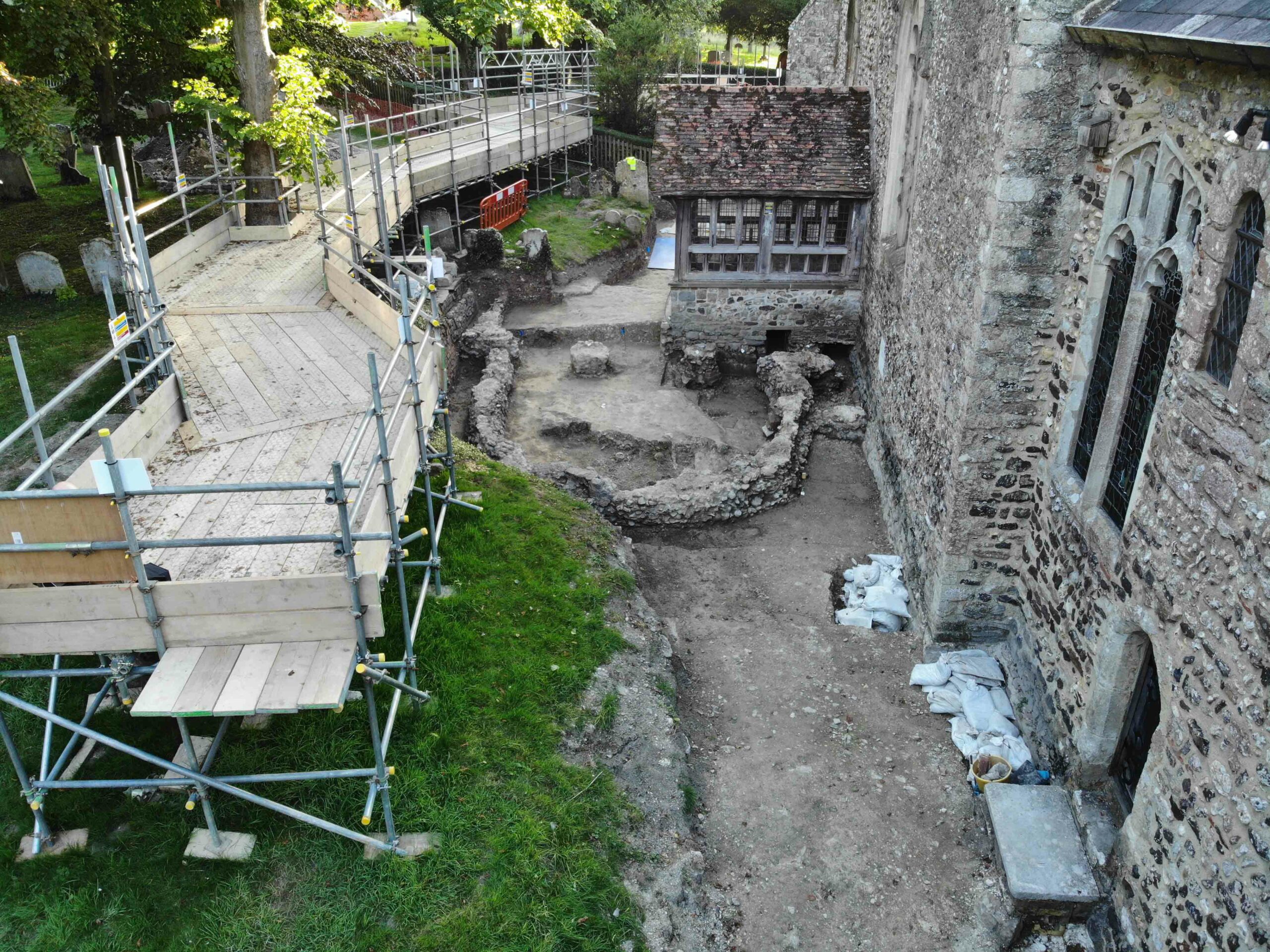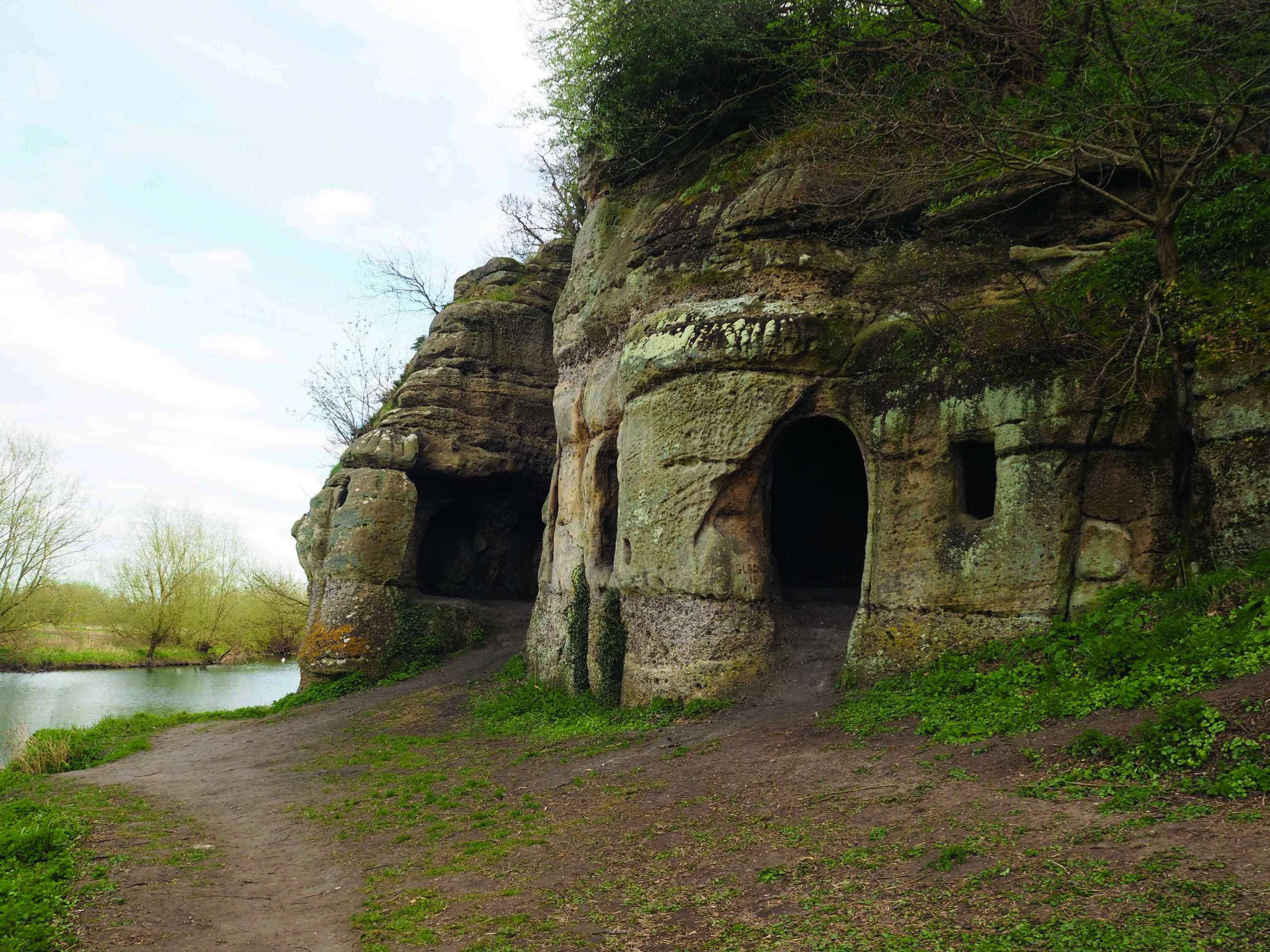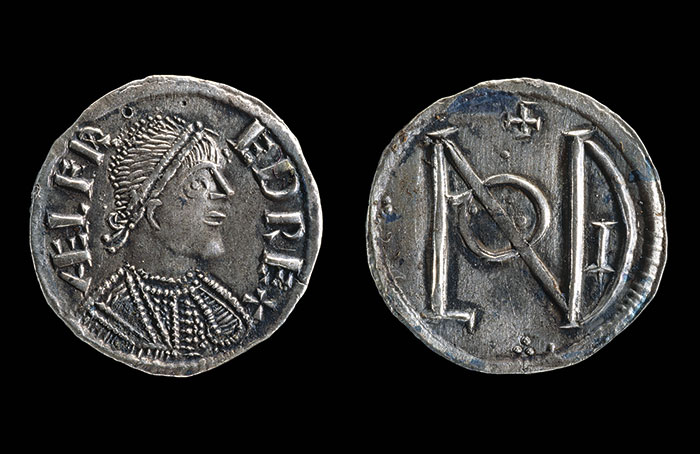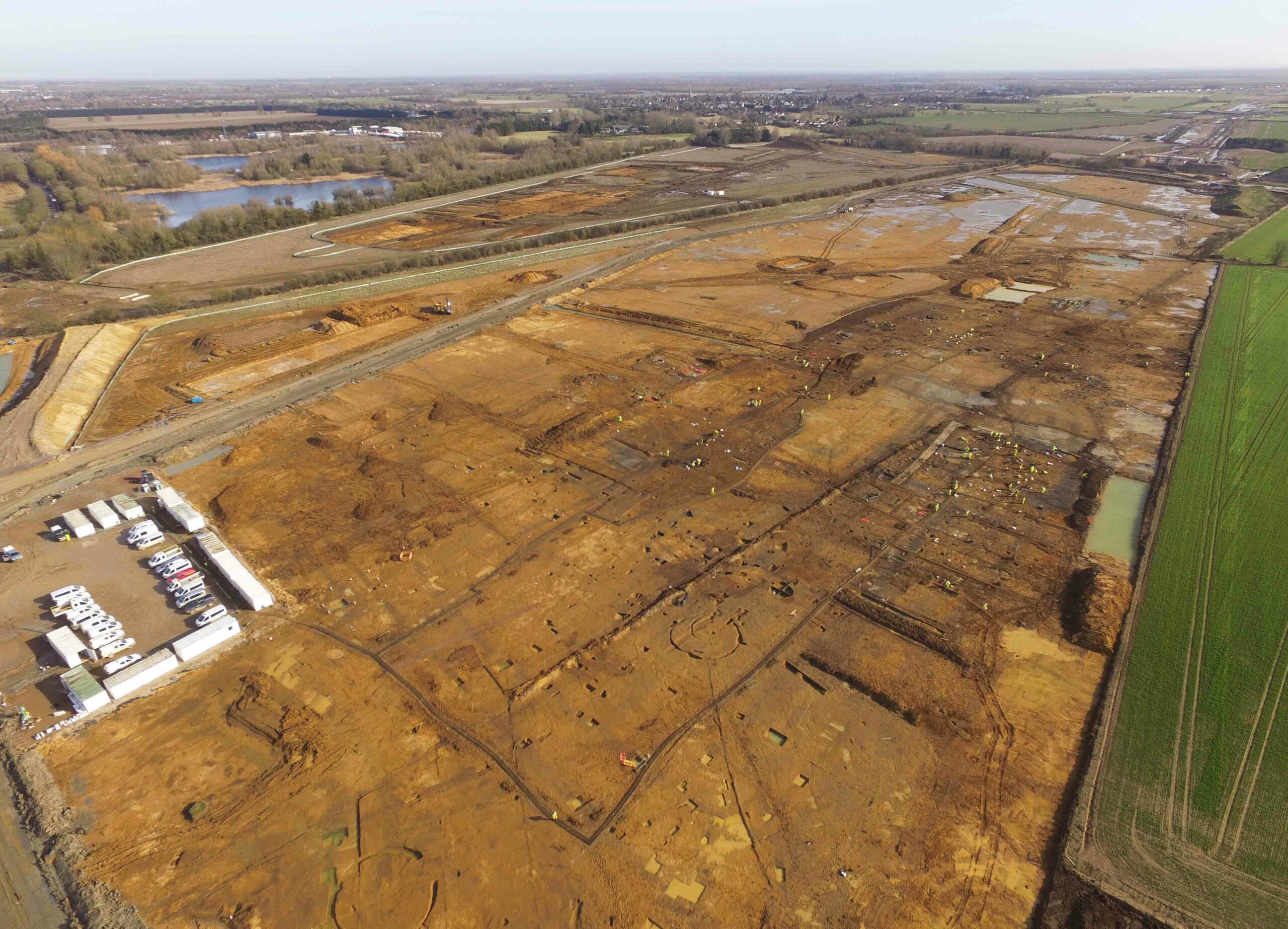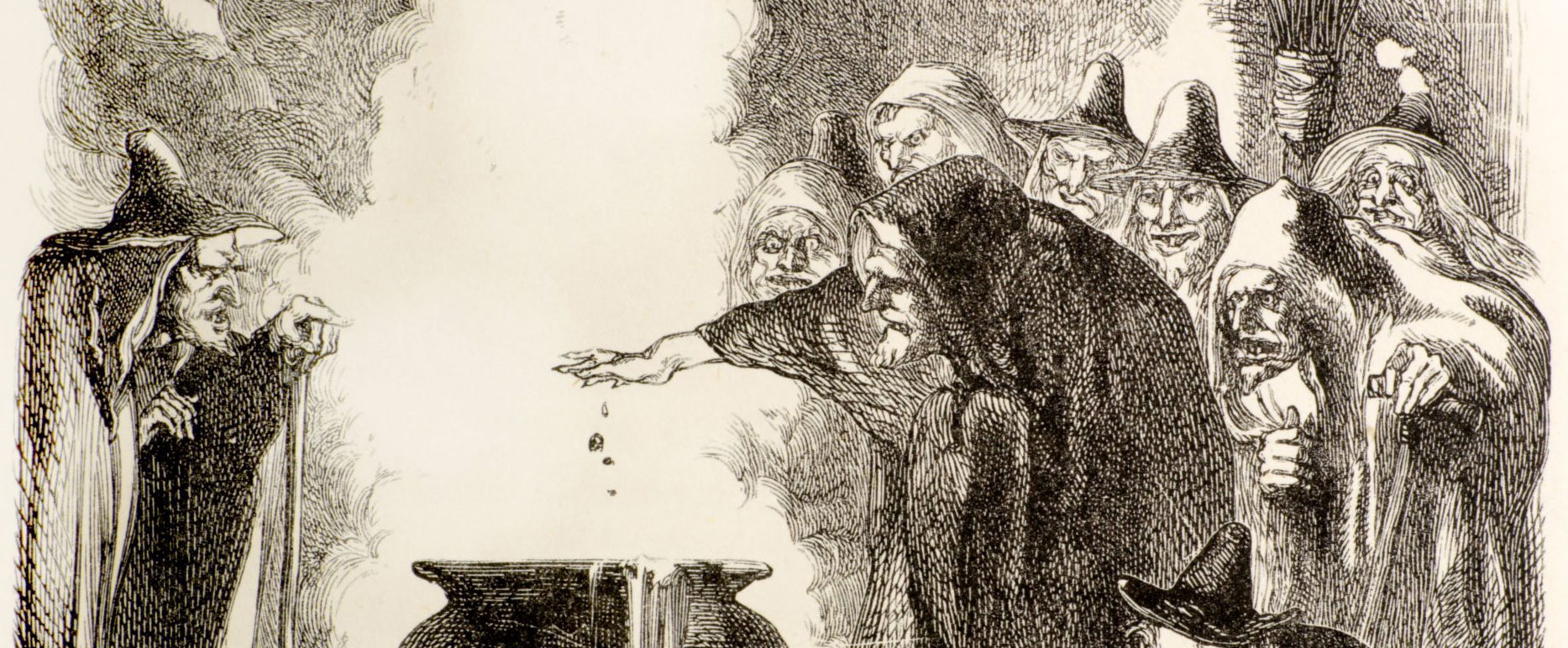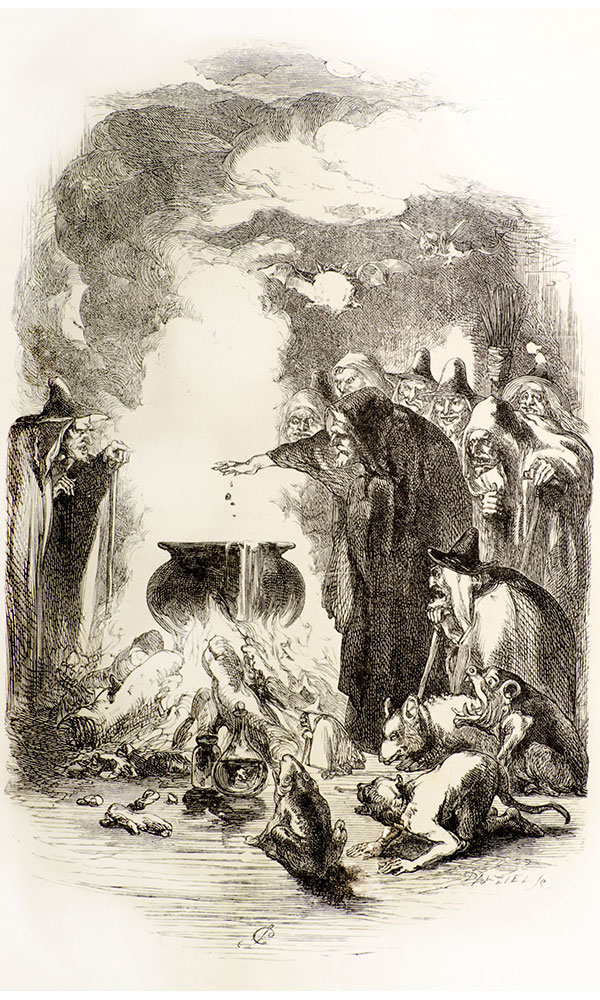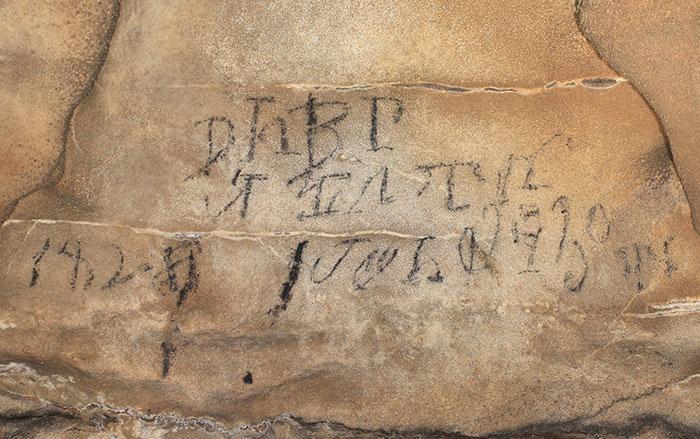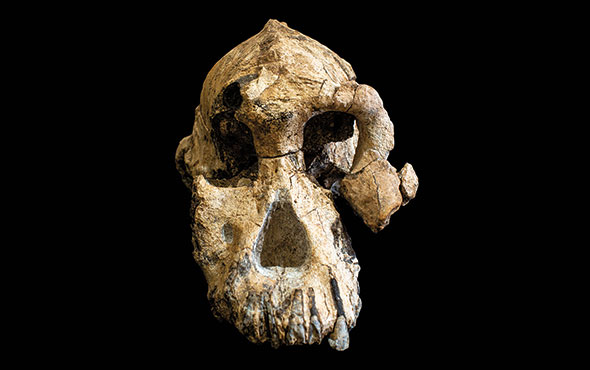
Excavations near an eleventh-century church in Lyminge, Kent, have exposed the foundations of an ancient predecessor. The Anglo-Saxon building dates to the mid-seventh century, just a few decades after Christianity, which had largely disappeared from Britain following the departure of the Romans in the early fifth century, was reintroduced by St. Augustine of Canterbury. One of the oldest stone churches in England, the seventh-century building was partially unearthed and then reburied in the nineteenth century, but a new project led by Gabor Thomas of the University of Reading is reinvestigating and documenting the site using modern archaeological methods. “Only a handful of stone churches dating from the earliest phase of English Christianity survive to the present day,” says Thomas. “Very few opportunities have arisen to explore these sites archaeologically.”
The church is thought to have been foundedby Æthelburga, princess of Kent and queen of Northumbria, whose empty tomb may have been identified in a small annex attached to the building’s exterior. Additional work nearby has uncovered traces of the monastic community that developed around the church.


